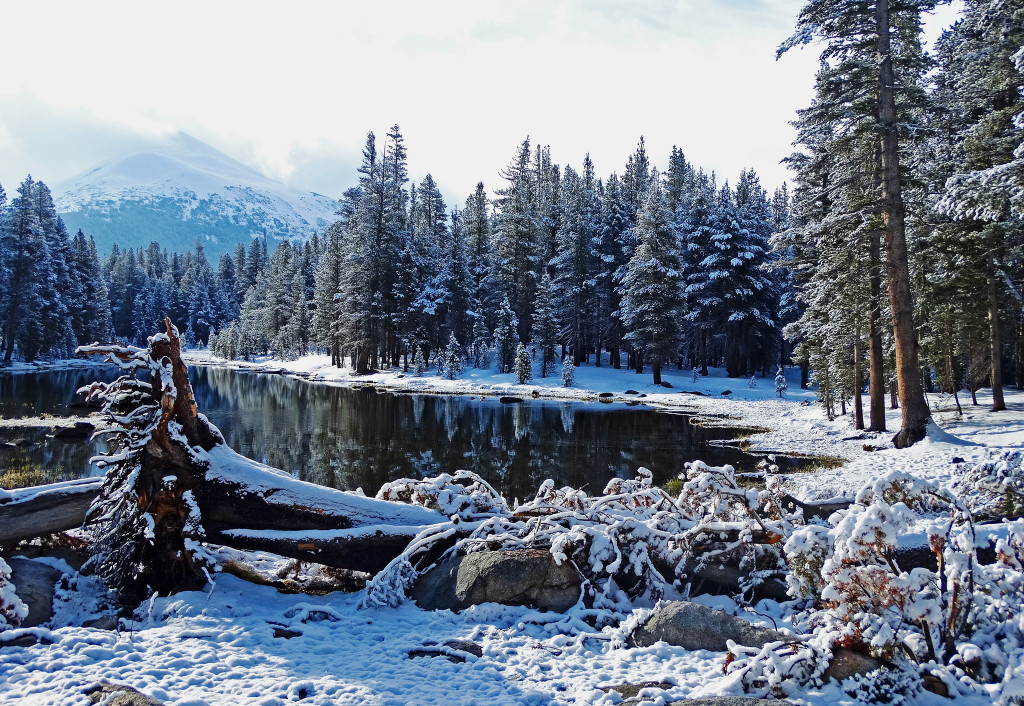
A recent study showed that this year the snowpack in California, which is suffering an ongoing drought as well as long-term warming, reached its lowest point in 500 years. Snowmelt from the Sierra Nevada mountains fills reservoirs that provide a third of all of the drinking water for the state of California, as well as water used to fight fires and generate electricity.
This is not an isolated event. A new study in Environmental Research Letters identifies snow-dependent drainage basins across the northern hemisphere that serve 2 billion people and run the risk of declining supplies in the coming century. These basins take in large parts of the American West, southern Europe, the Mideast and central Asia. They include the Colorado and Rio Grande river basins, the Atlas basin of Morocco, the Ebro-Duero basin, which feeds water to Portugal and much of Spain and southern France, and many others.
The warming climate has led to declining snow accumulations in many regions. Once-permanent snowfields are disappearing in the Rocky Mountains from Colorado to northern Montana, as well as in the Himalayas and other places. In many of these areas, more winter precipitation is falling as rain instead of snow and is washing away. The snow that does fall is occurring at higher elevations and melting earlier.
But there are many places where rainfall alone can meet human demand for water and there are places where climate change is likely to increase water supply. So some people need to be prepared for the possibility of extended periods of decreasing snow water supply, but others for extended periods of increased water supply. The climate is changing.
**********
Web Links
Declining Snowpacks May Cut Many Nations’ Water
The potential for snow to supply human water demand in the present and future
Photo, posted May 20, 2015, courtesy of Don Graham via Flickr.
Earth Wise is a production of WAMC Northeast Public Radio.